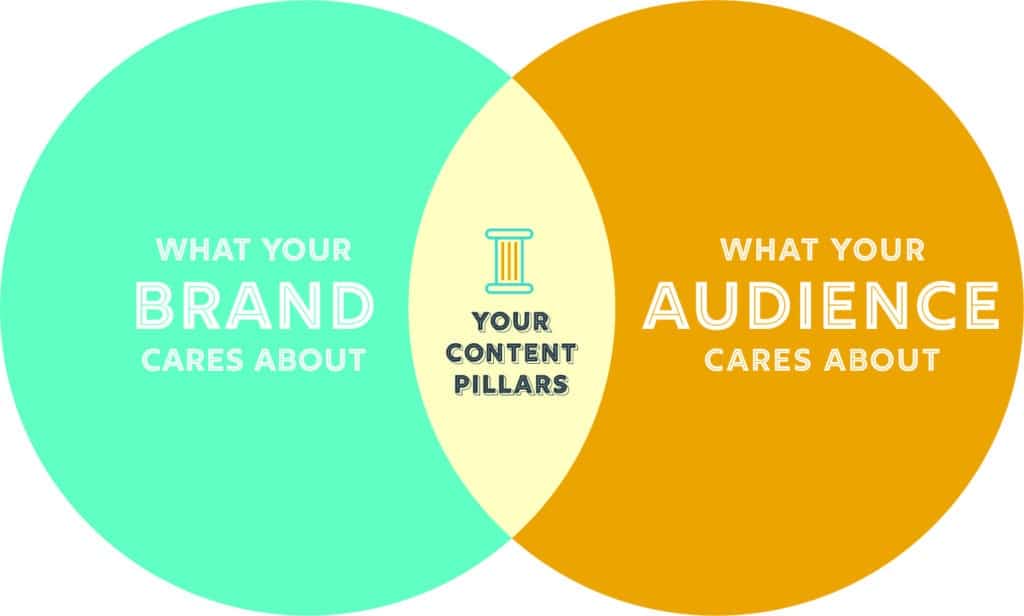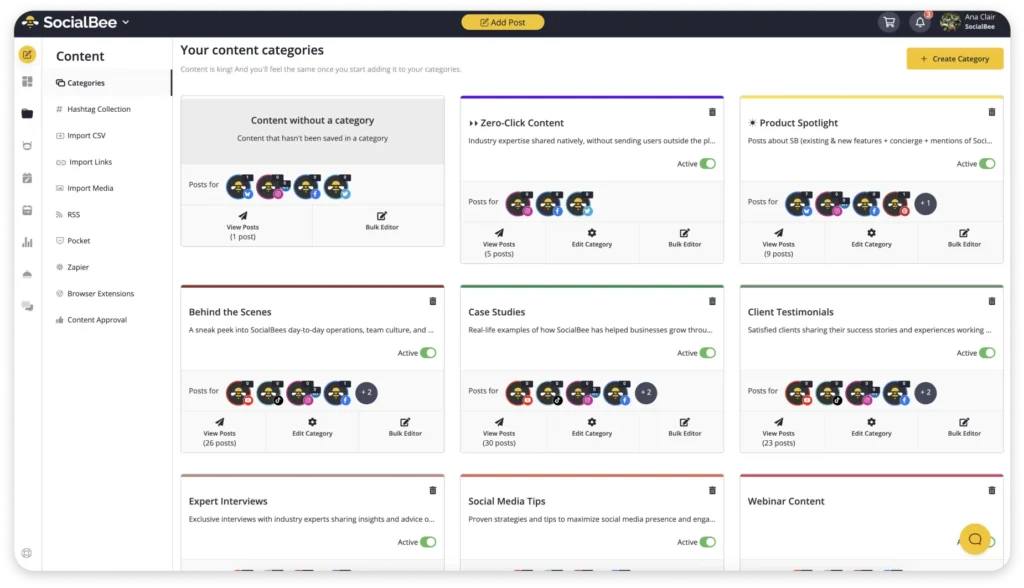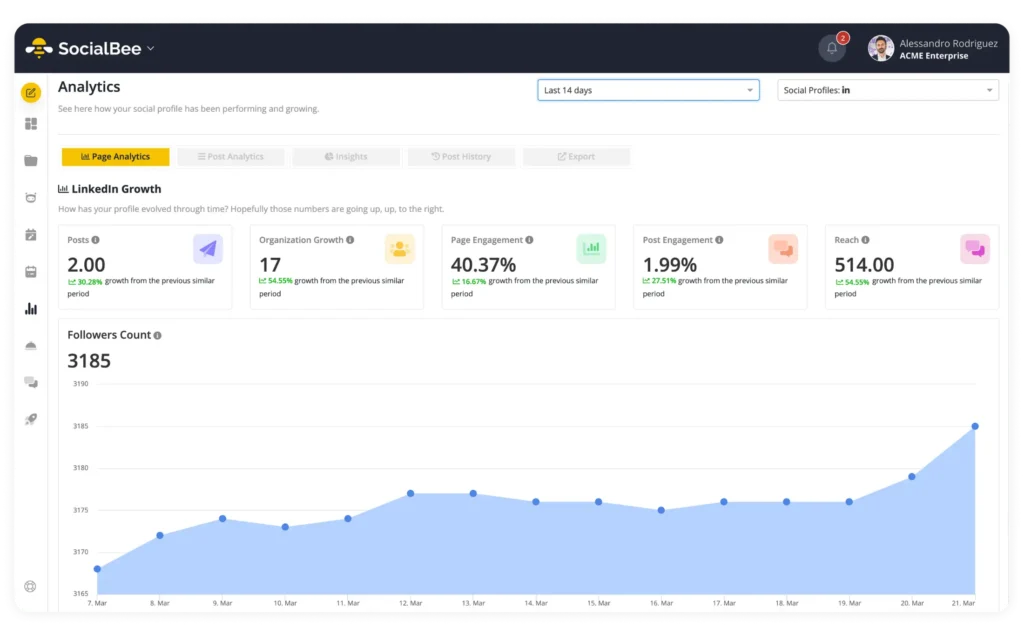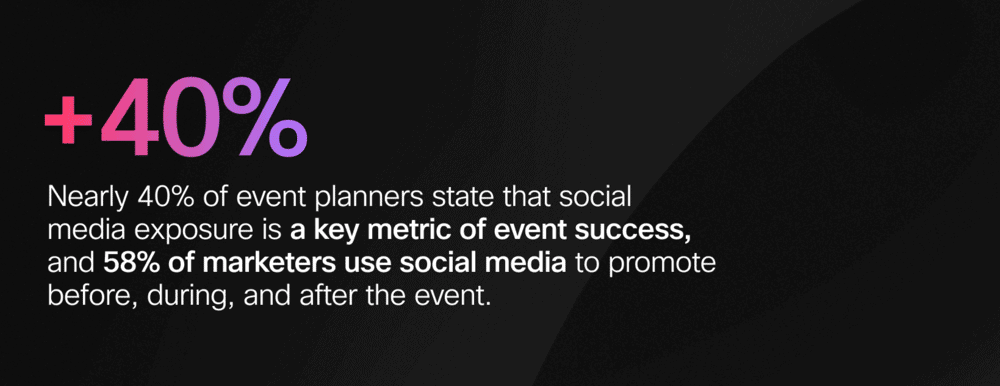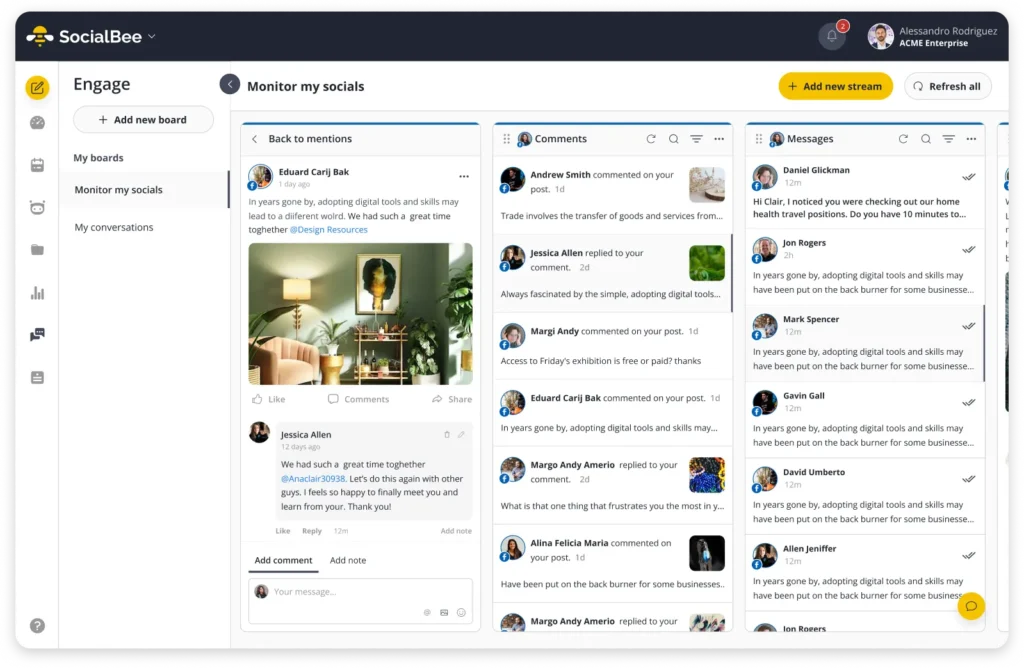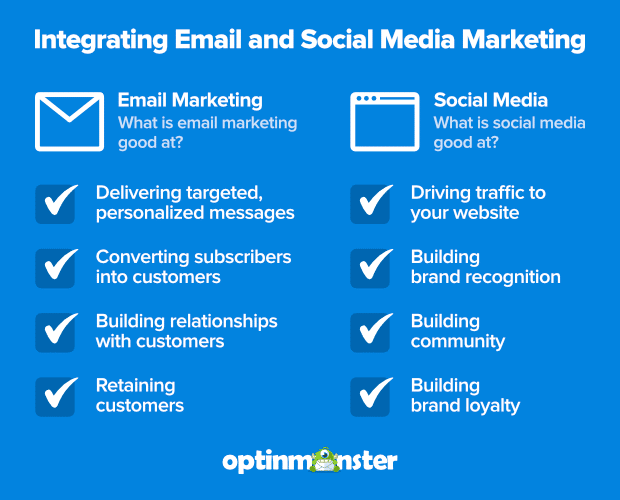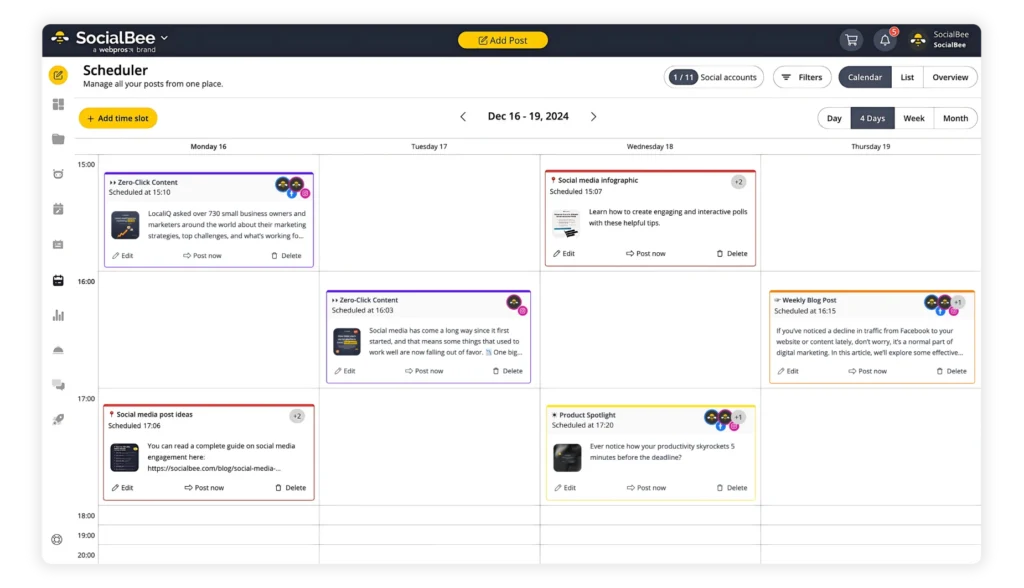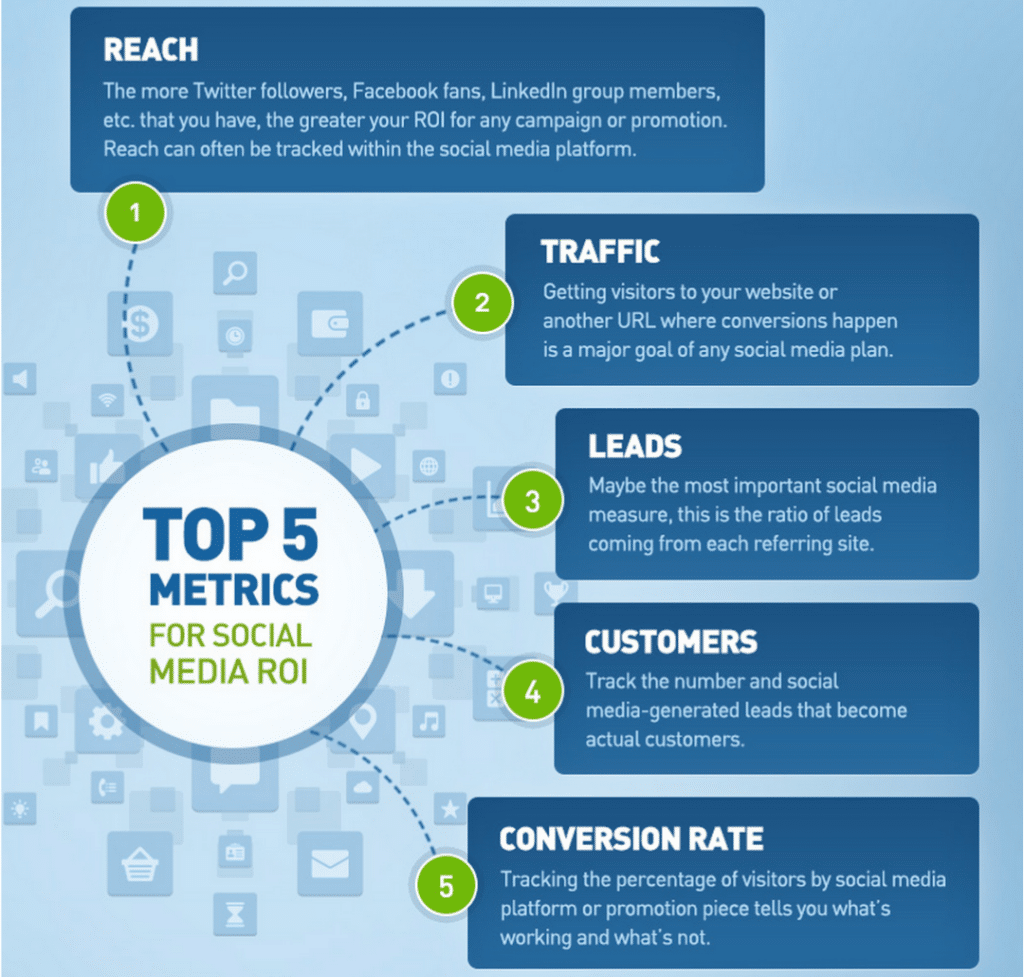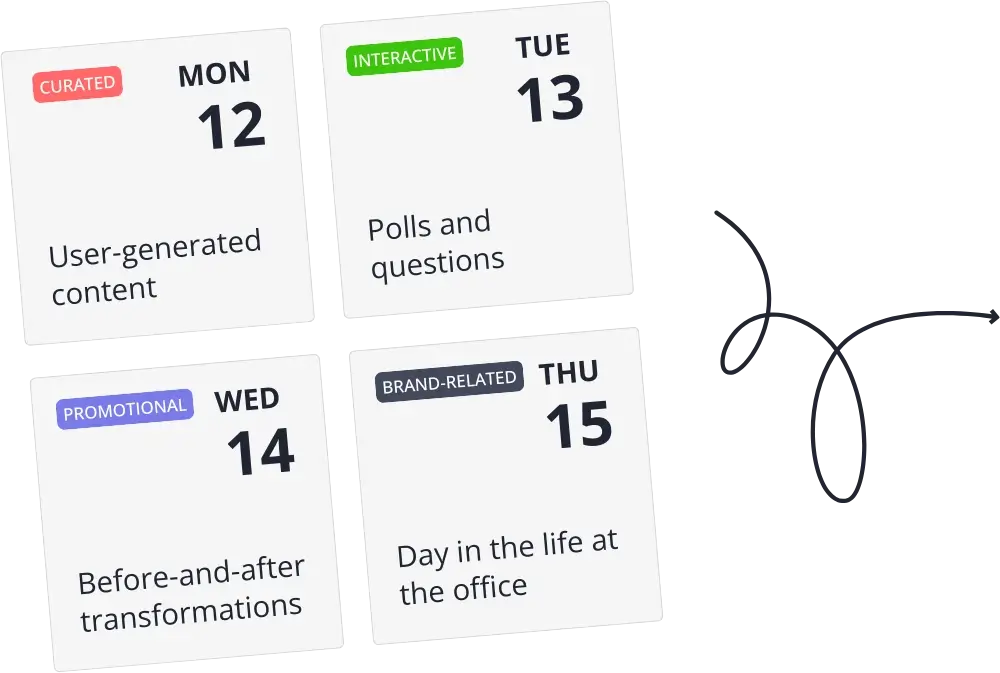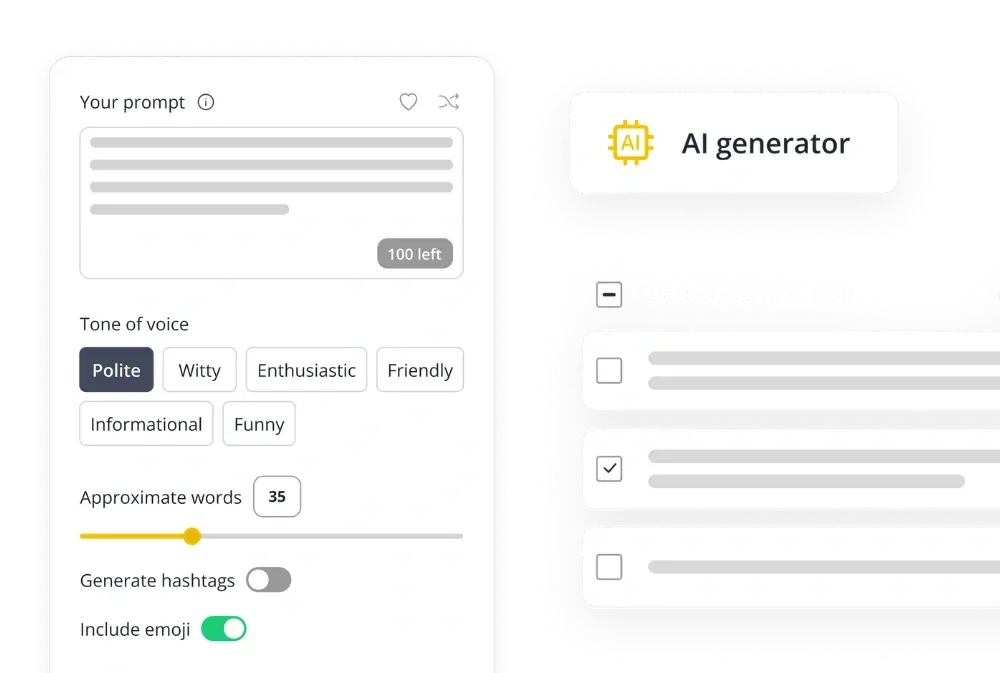
Guest Author
Content pillars have emerged as an incredibly effective tool for digital marketers aiming to enhance their social media strategies and bolster brand growth across various platforms.
In the dynamic world of social media marketing, such pillars – especially when paired with advanced platforms like SocialBee – allow for streamlined management and creativity in your strategy.
This method, inspired by expert content marketers, promises a wellspring of fresh ideas, organization, and empowerment for your social media strategy. So, let’s dive in and explore how to leverage content pillars for a triumphant social media campaign.
We’re SocialBee LABS SRL, part of WebPros. We use the information you provide to share relevant content and product updates, as outlined in our Privacy Policy. You can opt out anytime.
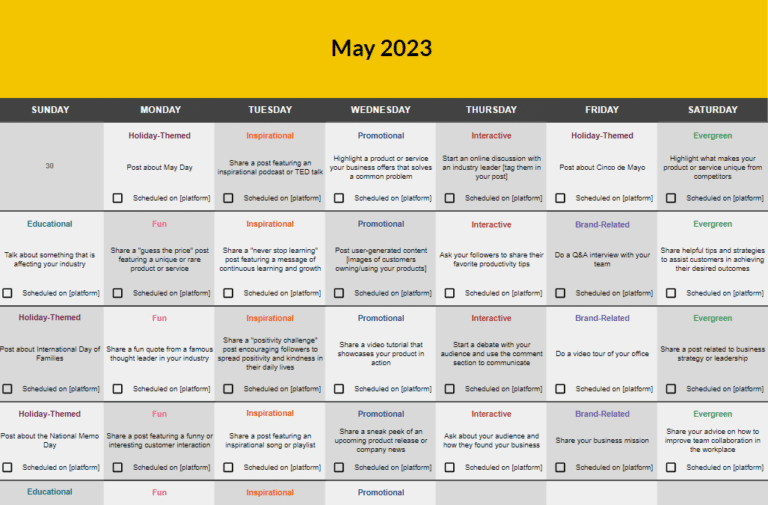
Short Summary:
- Content pillars are key in digital marketing, strengthening social media plans and boosting brand expansion. They offer core topics that help in crafting posts and organizing content.
- Each social media channel should have its unique content pillar aligned with user preferences and market trends. Even with some overlap, each pillar must be tailored to its platform for maximum engagement.
- Tools like SocialBee simplify managing content pillars, generating post ideas, and providing engagement insights. These tools help marketers decide when and where to post for maximum effect.
- Regular monitoring and adjusting of content pillars based on feedback, data, and trends ensures their relevance. Paying attention to the audience and data collection helps keep content valuable.
- Integrating content pillars with other marketing channels like email marketing enables a robust multi-channel strategy. Aligning email content with social media pillars and using data analytics can lead to engaging campaigns that direct recipients to social platforms or websites.
What Are Social Media Content Pillars?
Content pillars help organize and focus social media posts, ensuring a brand maintains a consistent and engaging presence. The benefits are clear: better content organization, a strong, recognizable brand voice, and an easier time planning and scheduling posts.
To choose effective content pillars, consider what your brand stands for and what your audience cares about. Think about the core aspects of your business and how they can be interesting or valuable to followers.
For instance, a tech company might focus on “Innovation,” “Education,” and “Community Events” to showcase their products, share knowledge, and build community connections. This strategic choice ensures that the content is not only varied but also deeply connected to both the brand’s identity and its audience’s interests.
How to Implement Your Content Pillar Strategy on Social Media
Now, given the fact that consistency is key to good social media management across platforms, you might think that you can just copy and paste your pillars between LinkedIn, Instagram, and other channels.
In reality, all of your social networks demand at least a small amount of optimization to make the pillars as relevant to the community as possible. This means that when you create content pillars, you will adjust your key, overarching topics to each social media platform, according to audience and market trends. After all, you need to talk about the things that are currently popular.
That’s why SocialBee is a great tool to have at your side when you’re building your pillars, as it allows you to manage all your social platforms and generate post ideas, schedule and customize posts, and much more.
You can use SocialBee’s content categories to group your posts according to your pillars. Let’s say you have ‘Product Features’, ‘Happy Customers’, and ‘Industry Buzz’ as your pillars. You can create these same categories in SocialBee.
This way, your content stays organized and varied. What’s cool is that each category can have its own schedule. So, your ‘Industry Buzz’ posts can go live when your audience is online and ready to chat about the latest news.
For every type of social media post you’re looking to share, set up a content category. This will make planning your pillar content strategy a breeze.

Manage Your Social Media Pillars with SocialBee!
Let’s see how you should be managing pillars for your social media channels:
- Build a content bank for each pillar
- Leverage events to enrich your pillars
- Engage with and listen to your audience
- Tie the pillars in your email strategy
- Use the pillars for content diversification
- Monitor your analytics and optimize
- Build a winning content calendar
1. Build a Content Bank for Each Pillar
Moving onto the concrete tips regarding solid content pillars, it’s important to understand that each of your social media networks deserves its own pillar. There can be a lot of overlap between these pillars, depending on a variety of factors and your brand’s goals on these networks. You don’t need to come up with completely unique ideas and pillars for each.
When you create social media content pillars, it is important to consider the following aspects:
- Analyze all social media channels to better customize your content for each audience segment and their preferences
- Keep track of the prevailing trends on each platform.
- Understand the peak interests on every social network.
- Deep dive into the prevailing content types and formats.
- Be realistic with your posting capabilities.
You could totally get this done by tapping into a tool like SocialBee. It’s chock-full of insights about when your audience is most likely to engage and what they’re like demographically. Armed with this info, you can figure out the best times to drop your posts, what kind of content your audience digs, and which social media platforms they love to hang out on.
SocialBee also allows you to track your top-performing content categories. This means you can easily identify which content pillars tied to your posts are resonating the most, helping you fine-tune your strategy for even better engagement.
Keep track of your best performing content categories and topics from SocialBee.
Start your 14-day SocialBee free trial now!
The last point is about matching your content creation capabilities with the demands of a platform. For example, while you might be able to use one content pillar to create an amazing Reddit post, you might not be able to use the same one to create a winning TikTok video.
Once you have gathered all the data, you can go ahead and start creating a content bank for each one of your content pillars. This should be a mixture of written and visual content, as well as live content.
How to Customize Your Content Pillars for Each Social Media Channel
When customizing your content pillars for different social media channels, consider the following tips and best practices:
- Understand Your Audience: Each social media platform attracts a unique user demographic. Tailor your content to cater to the preferences of each platform’s user base.
- Format Appropriately: The optimal content format varies per platform. For instance, Instagram favors high-quality visuals, while LinkedIn leans towards professional and informative content.
- Frequency & Timing: Different platforms have different peak times. Research when your audience is most active on each platform and schedule your posts accordingly.
- Interactivity: Platforms like Facebook and Instagram offer features like polls or live Q&A. Leverage these to engage with your audience.
- Platform-Specific Trends: Stay updated with each platform’s trends and adapt your content pillars to fit in.
For example, content pillars for different platforms for a business coach could be:
- LinkedIn: Career advancement tips, leadership strategies, personal success stories
- Instagram: Inspirational quotes, personal lifestyle glimpses, client testimonials
- Twitter: Industry news, thought leadership, quick coaching tips
For a real estate agent:
- Facebook: Property listings, home maintenance tips, community events
- Instagram: Home decor inspiration, behind-the-scenes tours, client success stories
- LinkedIn: Real estate market trends, home buying advice, professional accomplishments
For an accountant:
- LinkedIn: Tax tips, industry updates, case studies
- Twitter: Quick financial advice, commentary on financial news, client testimonials
- Facebook: Personal finance tips, service offerings, client success stories
For an NGO:
- Instagram: Impactful stories, volunteer spotlights, event highlights
- Facebook: Fundraising campaigns, educational content, community involvement
- Twitter: Advocacy messages, news updates, collaborations
For an educational organization:
- Facebook: Event updates, student achievements, educational tips
- LinkedIn: Professional development courses, alumni stories, academic research
- Instagram: Campus life, inspirational quotes, student and staff spotlights.
Remember, these are just examples. The best way to determine your own content pillars is to understand your audience, experiment with different types of content, and continually assess your results.
2. Leverage Events to Enrich Your Pillars
Social media represents a golden opportunity for businesses of all sizes to build brand authority and engagement, but many brands limit themselves to a couple of content types. If you want to maximize your potential on each platform, however, you have to start including events in your strategy.
Did you know that nearly 40% of event planners state that social media exposure is a key metric of event success, and 58% of marketers use social media to promote before, during, and after the event?
Whether these are online or offline events, you need to use social media to cover an event in real-time, of course, but also to build hype and engagement in the months leading to the big day.
You can do this by adjusting and optimizing your pillars to cover a specific event, and then time your posts in regular intervals to keep building up audience engagement. Don’t forget to diversify your content types if possible.
For example, you can create engaging images with compelling captions as well as engaging reels for Instagram. On TikTok, however, you’re limited to only showing short-form videos. On the other hand, you can use Facebook for long-form written posts, videos, and images.
Make sure to explore the capabilities of all platforms and plan your event promotion content accordingly.
3. Engage with and Listen to Your Audience
When it comes to building content pillars around the things that your audience actually cares about, there’s no better way than through feedback and data collection. It’s important to collect and collate as much data as possible to empower not only your social posting schedule, but also your content ideas and the brand itself.
You can do this by monitoring the chatter surrounding your brand, your competitors, and the most relevant topics in your industry. For example, life coaches on Instagram need to keep an eye on which topics their followers care about and what other coaches are posting. Social monitoring is a great way to gather this information, but it shouldn’t replace direct and honest feedback.
And here’s the best part: SocialBee’s got your back with our Engage feature. This module makes it super easy to keep track of all those conversations and interactions around your brand, ensuring you never miss an opportunity to listen to your audience’s feedback.
Stay on top of your social media game by actively monitoring your audience’s feedback.
Start your 14-day free trial now!
So, you can focus on creating killer content while we help keep an eye on what your followers mentions about you.
4. Tie the Pillars in with Your Email Strategy
Through thinking outside the box and reaching beyond social media, you have the opportunity to tie your social strategy with your email strategy through your content pillars.
Combining social media and email marketing creates a powerful multichannel strategy that will further engage audiences and generate leads. One can definitely promote the other, but typically you will use email marketing and email communication in general to boost your social presence.
Let’s start with email first. What is email marketing good at?
- Delivering targeted, personalized messages
- Converting subscribers into customers
- Building relationships with customers
- Retaining customers
On the other hand, what is social media marketing good at?
- Driving traffic to your website
- Building brand recognition
- Building community
- Building brand loyalty
You have to make sure that your emails are relevant to your audience when doing so, and that’s where your pillars come into play. By using email tracking and social monitoring to your advantage, you can gather data on audience behavior and how they interact with your messaging.
You can then compare that data with your content pillars to spot the most relevant topics for your emails, which can also tie in with your social posts and discussions.After that, it’s a matter of coming up with compelling email copy that can be created using an email template creator that will tease these topics, and direct the recipient either to your social channels or your website.
Remember that your recipients can reach your social channels in a myriad of ways, so don’t be afraid to take them to your site first, and then inspire them to visit your Instagram or TikTok for more.
5. Use the Pillars for Content Diversification
Social networks are great places to show your creativity when it comes to the types of content you publish. While you can stick to the same type of content everywhere and all the time, it’s a good idea to keep things fresh by mixing content formats between the pillars.
Keeping your audience engaged and entertained can be a bit of a balancing act, especially since today’s users tend to lose interest pretty fast. That’s where content diversification comes into play. To shake things up, you’ll want to examine your content pillars and topics and consider different formats to keep things fresh.
Categorize your social media posts for easy pillar content strategy planning.
Start your 14-day free trial at SocialBee today!
While diversifying your content, such as morphing a blog post into an educational video or a summary infographic, may seem daunting, it doesn’t have to be complex. As we’ve discussed in our webinar on content repurposing, this can be a simple and effective strategy to amplify your reach.
You can also use a longer explainer video and edit it to fit the short-form requirements of TikTok or Instagram. Or how about turning a series of topics that you talked about in your posts into long-form articles and promoting them on your profiles?
The possibilities are truly endless.
Content Repurposing and Diversification Example
In a recent SocialBee webinar titled “How to Republish, Repurpose, and Reinvent Your Social Media Content”, we had the pleasure of having Fab Giovanetti, the CEO of Alt Marketing School, and the CMO of Edge Brands, as a guest. She is an award-winning author, entrepreneur, and consultant with over 13 years of marketing and social media experience.
To showcase how businesses can diversify their content strategy by repurposing their posts, Fab uses an example of how you can turn a blog post into multiple types of social media posts.
Here is Fab’s framework for repurposing your articles on social media:
- Start by identifying the key message or theme of the blog post. This will be the foundation of all repurposed content.
- Break the blog post down into smaller chunks of content. This can include quotes, statistics, tips, and other key takeaways.
- Create a variety of social media posts using smaller chunks of content. This can include tweets, Instagram captions, Facebook posts, etc.
- Create a visually appealing graphic or image that can be used in social media posts. This can include quotes, statistics, or a summary of the post.
- Create a short video summarizing the key takeaways from the blog post. This can be used on social media platforms like Instagram, Facebook, and TikTok.
- Create an infographic that highlights key points from the blog post.
- Create a slide deck or presentation that can be shared on LinkedIn or Slideshare.
- Create a podcast episode discussing the key points from the blog post.
- Use the key message of the blog post as a basis for a webinar or workshop.
- Finally, use social media analytics to track the performance of each repurposed piece of content and use that information to inform future repurposing efforts.
6. Monitor Your Analytics and Optimize
One of the most important elements of social media success is having the ability to monitor your performance and adapt quickly. The only way to do this sustainably (so without breaking the bank) is to use social media reporting to automatically collect audience and advertising statistics, and behavioral data.
These reports will give you valuable insights for your every post, but also the key performance indicators (KPIs) that are important to your brand, as well as the industry trends on every platform. With this information, you can make informed decisions about your content pillars, specifically their long-term use.
Here are the top five metrics for social media ROI:
- Reach: The more Twitter followers, Facebook fans, LinkedIn group members, etc. that you have, the greater your ROI for any campaign or promotion. Reach can often be tracked within the social media platform.
- Traffic: Getting visitors to your website or another URL where conversions happen is a major goal of any social media plan.
- Leads: Maybe the most important social media measure, this is the ratio of leads coming from each referring site.
- Customers: Track the number and social media-generated leads that become actual customers.
- Conversion rate: Tracking the percentage of visitors by social media platform or promotion piece tells you what’s working and what’s not.
After all, you can’t expect a content pillar to serve you indefinitely, as you need to optimize and change it based on the data. That’s why continuous monitoring is an essential part of keeping your pillars relevant in a competitive social media space.
7. Build a Winning Content Calendar
If you haven’t figured it out by now, one of the biggest advantages of building content pillars for your social media marketing strategy is that they allow you to create and maintain an efficient posting schedule for your high-quality content.
Without content pillars, scheduling posts and creating them ahead of time becomes a difficult chore. But when you have the relevant content pillars in place, it’s just a matter of plugging the topics and your content banks into your posting frequency.
And to make it even easier, why not check out SocialBee’s social media content calendar template? It’s a fantastic tool that can help streamline your scheduling and keep your content plan on track.
If you want to post every day on all channels, the pillars will prove invaluable in supplying the content, but they’ll also allow you to build sequences of posts that support other strategies. After all, it’s not just about posting regularly; it’s about creating cohesive sequences to boost engagement on the platform while leading people to your website.
We’re SocialBee LABS SRL, part of WebPros. We use the information you provide to share relevant content and product updates, as outlined in our Privacy Policy. You can opt out anytime.

🎥 Watch: How to Plan a FULL YEAR of Social Media Content in MINUTES!
Before setting up your content calendar, take a few minutes to watch this quick video. It guides you through a proven system for efficiently planning a whole year of social media content.
Plus, you’ll discover a Canva trick that turns a simple list of ideas into dozens of ready-to-post designs in just minutes, saving you a ton of time and effort.
Frequently Asked Questions (FAQ)
To identify the right social media content pillars for your brand or business, follow these steps:
- Understand your audience: Determine their interests and what captures their attention.
- Define your brand’s key ideas: Focus on core themes that align with your brand’s values.
- Conduct keyword research: Utilize tools like Google’s Keyword Planner to discover topics your audience is searching for.
- Analyze competitors: Look at similar brands for inspiration, but avoid copying directly. Instead, adapt ideas to suit your audience.
- Test and refine: Implement your ideas and observe audience response. Emphasize what works well and make adjustments as needed.
- Prioritize value over sales: While promoting your products or services is important, aim to connect with your audience by offering interesting and valuable content.
You can use the same content pillar strategy across all your social platforms as long as you tweak your content to suit each channel’s requirements.
Let’s say one of your social media content pillars is all about “healthy recipes”. When you create content for Instagram, you could pop up some drool-worthy snaps of the finished dish. On Facebook, you might want to share the full recipe, step-by-step. Twitter’s great for quick tips or surprising ingredient facts. And for YouTube? Nothing beats a start-to-finish, watch-me-cook video.
Even though the content pillar (the “healthy recipes”) stays the same, how you dish it up in social media posts changes from platform to platform. It’s like you’re serving up the same delicious meal, but plating it up differently depending on who’s coming to dinner. That way, you’re staying true.
There’s no hard and fast rule for how many content pillars you should have in your content mix. It really hinges on what your brand is about, who your target audience is, and how many resources you have on hand.
Most businesses find that having between three to five pillars hits the sweet spot of your social media content strategy. It gives you enough variety to keep things interesting, without swamping your team with too much to handle. You want to make sure that everything you put out there is top notch and actually brings value to your audience.
But remember, every brand is different. You might find you need a few more pillars to fully cover what your brand offers or to cater to your audience’s wide range of interests. Or, if your brand is super specialized, a couple of pillars might be more than enough.
And hey, your content pillars aren’t set in stone. As your business grows and changes, and as trends come and go, don’t be afraid to shake things up a bit with your pillars, too.
Over to You: Ready to Create Content Based on Pillars?
There’s a reason why content marketers and digital marketing leads love using content pillars for all their online channels. If you’re a social media marketer or a business leader in general, you should implement content pillars into your social media strategy as well.
Be sure to use these tips to implement your content pillar strategy seamlessly and take your social media efforts to the next level.
And remember, you don’t have to do it all alone. Give SocialBee’s 14-day free trial a whirl. With our help, creating and managing your content pillars can be a breeze. Start boosting your social media game today, because there’s no time like the present to make your brand shine.

Manage Your Social Media Pillars with SocialBee!
About the author: A seasoned writer and storyteller, Sara does her best to share her experience with the world and help brands and entrepreneurs find their voice. She loves the learning curve that comes with writing, so she gladly takes on new topics that will expand her own knowledge and expertise. The only thing Sara steers clear of? Anything resembling a comfort zone in life, as well as writing.

